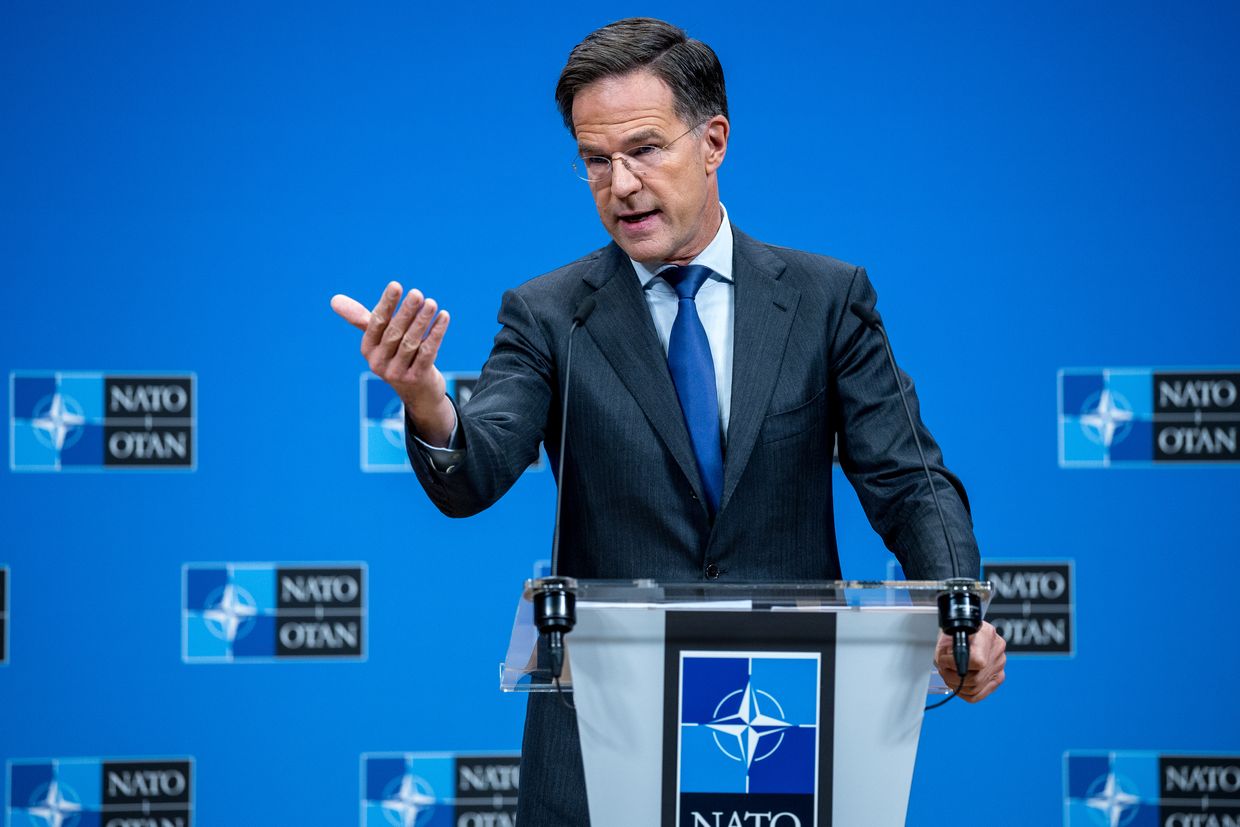When torrential rains swept across eastern Spain in 2024, they unleashed one of the most catastrophic floods the Valencia region had seen in living memory. Among the worst-hit areas was the small town of Paiporta, where entire neighbourhoods were submerged, homes were rendered uninhabitable, businesses destroyed, and streets turned into rivers of thick, suffocating mud.
But out of the devastation came an extraordinary response. Young people - many still students - arrived in numbers to unflinchingly clear debris, carry water, and comfort strangers.
Photographer Raúl Belinchón, who initially came to help a friend whose home had been flooded, found himself unable to look away. Moved by the determination of the volunteers, Belinchón set up a white backdrop to document these anonymous heroes in deeply intimate portraits.
"Each of these volunteers represents solidarity, empathy, but also hope. Individually and collectively, they showed, with their extraordinary effort, their commitment to achieving a more benevolent, dignified, and kind world," Belinchón tells Euronews Culture.
The resulting project, titled "The Mud Angels", has since received international recognition, including a second place award in the portraiture category at this year's Sony World Photography Awards.
Euronews Culture spoke with Belinchón to discuss the power of photography, and why, in the face of immense political failure, it was a generation dismissed as "fragile" that stepped up and got their hands dirty.
A portrait that forms part of Raúl Belinchón 'The Mud Angels' series - Credit: Raúl Belinchón / Sony World Photography Awards 2025
Euronews Culture: You’ve described those 72 hours in Paiporta as both a descent into hell and a revelation of humanity’s brightest side. What were some of the most emotionally difficult moments for you during those days?
Raúl Belinchón: The most difficult moments came as the days went by and I became aware of the magnitude of what had happened, the force of nature and its consequences. When you find out that family or friends have been affected, you can't quite believe what has occurred.
I went to help a friend who lent me his damaged house in Paiporta, the so-called ground zero of the catastrophe. The first days and weeks were complete chaos, and I used the house as a base to work from. Being among so much destruction day after day was tough. Seeing people's faces, the elderly walking through the streets full of mud, the queues to get supplies and be able to have a hot meal, affected me emotionally. It reminded me of a war zone.
What led you to set up a white backdrop at the foot of the Bridge of Solidarity?
After an intense week working in the ground zero area, I ended up exhausted, reaching the end of the day physically and psychologically drained, without a clear idea of how to approach the work. Everything was destruction and covered in mud. A large brown stain of sludge invaded everything. It was striking how the force of the water had piled up the cars in the streets. There were photographers everywhere, professionals and curious onlookers who wanted to immortalise those Dante-esque scenes as if they were from a dystopian film.
I felt the need to get out of there, but something struck me: the way groups of young people flocked to the disaster area, willing to help, to distribute food and essential supplies. That wave of young volunteers who went back and forth from the city and also from other cities in Spain, and even students from other countries (Erasmus), was what made me focus my attention and think that there was the story I wanted to tell – the story of solidarity and hope. I needed to work on a positive theme amidst so much destruction.
Then came the how and the where. I was around the Solidarity Bridge that connected the city with the affected towns; it was like crossing from hell to paradise. At that moment, news images showed how the bridge was filled with volunteers coming and going. It was the crossing point for people walking, and it seemed like the place where I should work. I had that white backdrop available because I usually use it to photograph animals for adoption for the animal shelter managed by the Valencia City Council, and I knew from the beginning that I should set up that white backdrop to portray the volunteers, right after their return, after an intensive day of work, where they came back exhausted from removing mud.
The white backdrop once again served as a canvas of solidarity, first for animals needing adoption and then for volunteers who helped those most in need after the floods. That white backdrop also helped me to decontextualise the volunteers from the location and highlight, without distractions, their exhausted faces, the peculiarities of their expressions, the particular testimony of their gazes, the marks and wrinkles of mud on their clothes, the chapped skin of their hands, their relationship with the tools they clung to and that had accompanied them through long hours of hard work. Undeniably, in those days, the memory of Avedon's "American West" images came to me. I had the book at home and was looking at his wonderful portraits and how the human figure is enhanced when you photograph it against a clean white background.
There’s a quiet dignity in each portrait - a stillness. How did you work with the volunteers to create that tone? Did you give them direction or did you allow them to present themselves however they wished?
I set up the white backdrop on a wall near a jazz school, which was also affected by the water and mud, about 50 metres from the volunteers' crossing area and the Solidarity Bridge. I approached them and told them about the project I was doing, and they were all very collaborative. A few metres from where I set up the backdrop, there was a fountain, and there I also found many volunteers who were getting ready to wash and remove the mud. I asked them to be photographed before. When photographing them, I didn't give instructions; perhaps I asked some to come out with their work tools or photographed them in groups. The quiet tone has more to do with the success of photographing them at that moment of returning home after an intense day, where fatigue, exhaustion, and psychological burden were reflected in their faces.
A portrait from the series 'The Mud Angels' by Raúl Belinchón - Credit: Raúl Belinchón / Sony World Photography Awards 2025
Most of the volunteers were young people - students, as you mentioned. What did their generation show you about courage and responsibility that perhaps others had forgotten?
They, with their actions, paid homage to their own humanity. They shattered the stigma of a "crystal generation," supposedly fragile and indifferent, and I wanted to pay tribute to them with my photographs. Each of these volunteers represents solidarity, empathy, but also hope. Individually and collectively, they showed, with their extraordinary effort, their commitment to achieving a more benevolent, dignified, and kind world.
Did you see a transformation in the volunteers - from when they arrived in the morning to when they crossed the bridge again in the evening?
They arrived in the early hours of the morning, clean, energetic, delicately young and disappeared with the light of day, like angels' ghosts covered in mud, their bodies trembling from the physical exertion, their souls consumed by the emotional extenuation. They crossed a long footbridge that linked ground zero with the urban core of Valencia, from chaos to order, from hell to paradise.
'The Mud Angels' by Raúl Belinchón - Credit: Raúl Belinchón / Sony World Photography Awards 2025
'The Mud Angels' by Raúl Belinchón - Credit: Raúl Belinchón / Sony World Photography Awards 2025
You mention the “injustice and ineptitude of politicians.” Do you see this project as an act of protest or documentation against institutional failure?
Failure begins with a lack of prevention, because a large part of the disaster and the loss of life could have been avoided; that is a management task that was not carried out by the institutions and politicians. I would have liked to see that preventative action before the altruistic response of the volunteers, which is what I address with this project. My work represents the kindest face of the tragedy.
If photography is a form of storytelling, what kind of story do you think Mud Angels tells that words alone couldn’t?
The Mud Angels focuses on the faces and the individuals who showed solidarity and didn't stay at home but went to offer help to those most in need. It's a story of anonymous heroes who, with their efforts, arrived in the early days when many of those affected felt abandoned.
'The Mud Angels' by Raúl Belinchón - Credit: Raúl Belinchón / Sony World Photography Awards 2025
What do you hope viewers take away from The Mud Angels? Is it simply a record of what happened, or is it also a call to action?
The Mud Angels speaks of hope and solidarity, of seeing something positive when disaster and destruction invade everything. It's about still believing in humanity and in a more benevolent and kind world where people are still capable of offering help to one another without getting anything in return. I want the viewer to reflect and ask themselves questions when seeing these photographs; for me, that is the action.
How have the volunteers responded to their portraits? What were their reactions?
Very positively. One of my commitments to them was to give them their portraits for having collaborated on the project. They feel grateful to be a part of it and are aware of the importance of making visible the work they did as volunteers.
How did it feel to receive recognition from the Sony World Photography Awards?
The previous year I had been a finalist, so I received the news of the award with great enthusiasm because they are recognising my photographic work again, and I am especially thrilled that this project can be shared due to the work and effort that the volunteers put in amidst a natural catastrophe.
.png)
 German (DE)
German (DE)  English (US)
English (US)  Spanish (ES)
Spanish (ES)  French (FR)
French (FR)  Hindi (IN)
Hindi (IN)  Italian (IT)
Italian (IT)  Russian (RU)
Russian (RU)  7 hours ago
2
7 hours ago
2














Comments